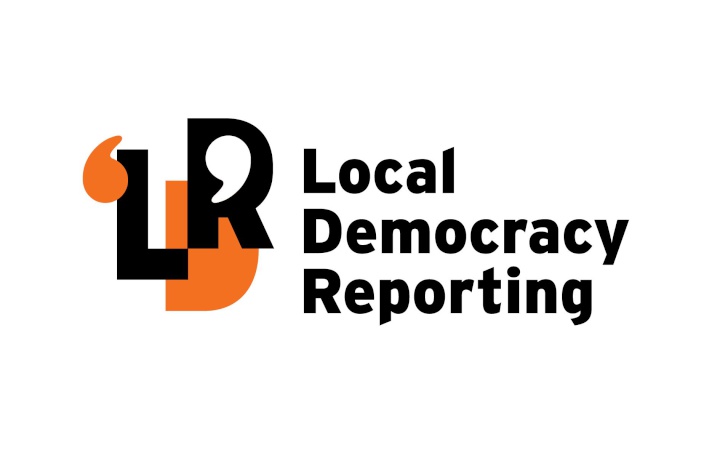A Waimakariri resident who wants to harvest rainwater for drinking says his council's response was "extremely negative".
Hamish Rennie approached the Waimakariri District Council to get advice on collecting rainwater, rather than drilling a well on a lifestyle block near Oxford.
He said he believed rainwater was safer compared to the risks of elevated levels of nitrates from well water.
‘‘My real concern is that nitrate levels are going to continue to climb, especially in the Eyrewell area where dairy farming has all but replaced traditional farming and forestry practices.’’
Mr Rennie said staff told him there was not enough rainfall to supply a house, it would place pressure on the council’s infrastructure, and rainwater off the roof could pick up bird droppings.
He said he had previously lived on four lifestyle blocks in Otago, all relying on rainwater collection.
‘‘In Otago we had less rainfall than the Oxford/Eyrewell area.’’
Mr Rennie said drilling a well would cost considerably (around $10,000 to $12,000) more than rainwater collection ($1000 for plumbing and $1500 for a filtration system).
A Waimakariri District Council spokesperson said while harvesting rainwater was not prohibited, he was unaware of any households relying solely on rainwater for drinking water.
‘‘It would be part of a building consent application to determine whether the proposed rainwater collection system would be an acceptable method of complying with the building code," utilities and roading manager Gerard Cleary said.
A rainwater harvesting tank would not impact on council infrastructure, but if a water connection is provided to the boundary, the property will be charged a water rate, Mr Cleary said.
The average annual rainfall in the district is low and there can be ‘‘very long periods of low or no rainfall’’, he said.
‘‘A large roof area (greater than 800m2) and significant storage capacity is required to make it through a dry period of no rain, without the need for frequent top ups from a water delivery truck, which could be expensive.
‘‘Rainwater systems are not an option for developing land where a potable supply is required.’’
Mr Cleary said rainwater collection can used for irrigation and stock water systems to a supplement a public supply or a well, and irrigating gardens.
‘‘This is a great method for reducing water usage and rainwater storage tanks can be topped up by the primary water system when the tanks run dry, provided appropriate backflow protection is provided.’’
Nitrates in drinking water has hit the headlines in recent years, with Greenpeace regularly conducting water testing to raise awareness.
Environment Canterbury (ECan) estimates there are between 25,000 and 30,000 private wells in Canterbury used for drinking water, but the council did not hold data on all wells as landowners did not require a consent for the taking of drinking water.
Private well owners are responsible for testing their own drinking water.
LDR is local body journalism co-funded by RNZ and NZ On Air.



 Gordon Campbell: On The Left’s Electability Crisis, And The Abundance Ecotopia
Gordon Campbell: On The Left’s Electability Crisis, And The Abundance Ecotopia NZDF: Battlefield Remains Unearthed By Wildfires In Gallipoli Covered Over By Kiwi Team
NZDF: Battlefield Remains Unearthed By Wildfires In Gallipoli Covered Over By Kiwi Team NZ Police: New Zealand Police team up with Z Energy, NZTA and ACC to remind Kiwis to drive safe this Easter
NZ Police: New Zealand Police team up with Z Energy, NZTA and ACC to remind Kiwis to drive safe this Easter NZCAST: NZCAST Leads Ongoing Cross-Agency Collaboration To Break Down Barriers For Survivors Of State Abuse
NZCAST: NZCAST Leads Ongoing Cross-Agency Collaboration To Break Down Barriers For Survivors Of State Abuse Regional and Unitary Councils Aotearoa: Regional And Unitary Councils Back A Practical FWFP System
Regional and Unitary Councils Aotearoa: Regional And Unitary Councils Back A Practical FWFP System NZ Government: Stay Safe On Our Roads This Easter
NZ Government: Stay Safe On Our Roads This Easter YWCA: Global Push Back Against Gender Equality A Growing Crisis In Aotearoa
YWCA: Global Push Back Against Gender Equality A Growing Crisis In Aotearoa


